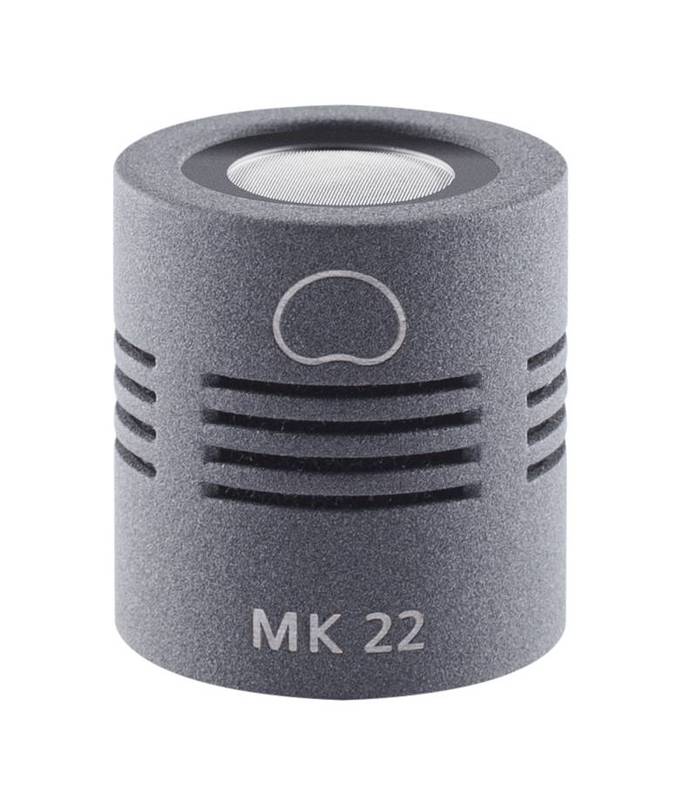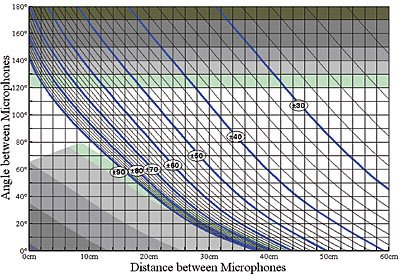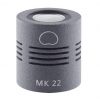Opis
The years of experience which many recording engineers have had with the various types of SCHOEPS cardioid microphones have played a large role in the design process. The MK 4 cardioid is often relied upon as a reference microphone, even in difficult recording situations; its sonic transparency and outstanding suppression of rear-incident sound make it a universal problem-solver. The MK 21 wide cardioid offers an alternative when its lower directivity fits the recording situation, e.g. for the first desk of strings or for solo piano. This capsule type is prized for its sonic character (similar to that of a pure omnidirectional microphone) and its relative lack of proximity effect. Then the wish arose for a “middle way” which would combine these characteristics into a single capsul
- new kind of directional pattern: “Open Cardioid”
- optimal combination of classic cardioid directionality (MK 4) with the sonic character of the wide cardioid (MK 21)
- directional pattern largely constant throughout the frequency range
- often preferred for spot miking and as a soloist’s microphone
The result is the MK 22 Open Cardioid.
The CCM 22 / the MK 22 is winner of the 2009 award in the category
Application
The MK 22 has been developed for use as a spot microphone. It unites the strengths of the MK 4 and MK 21 capsules. Its directionality is only slightly less than that of the MK 4 cardioid, while its sonic character is reminiscent of the MK 21 wide cardioid. Its directivity is essentially constant throughout the frequency range. Its inherent low-frequency response is somewhat more pronounced than that of the cardioid, while proximity effect is somewhat less.
MK 22 capsules are well suited for use as stereo pairs. The well-known “Williams curves” indicate the possibilities for ideal miking arrangements. The curves shown below for the Open Cardioid give the stereophonic recording angle as a function of the angle between two microphones and the distance between their capsules.
One possible arrangement, for example, would be a distance of 21 cm with a 110° angle between the microphones. The STC 22 mounting bar facilitates the use of this arrangement with two MK 22.
Although our normal production tolerances are very close, we can deliver specially matched capsule pairs for a small extra charge.








